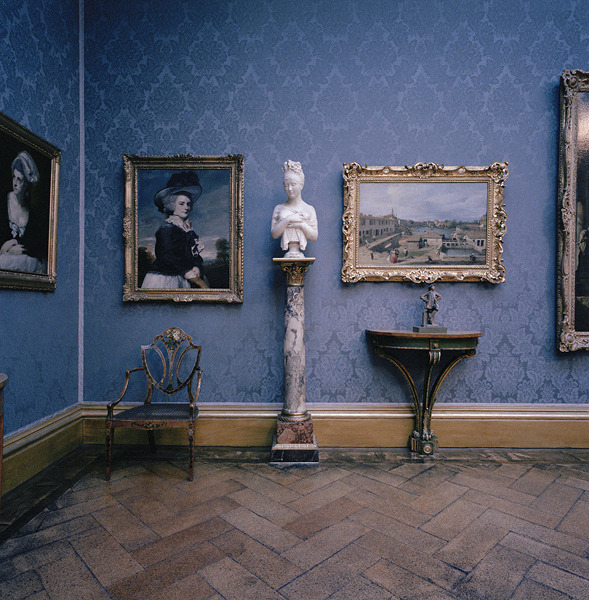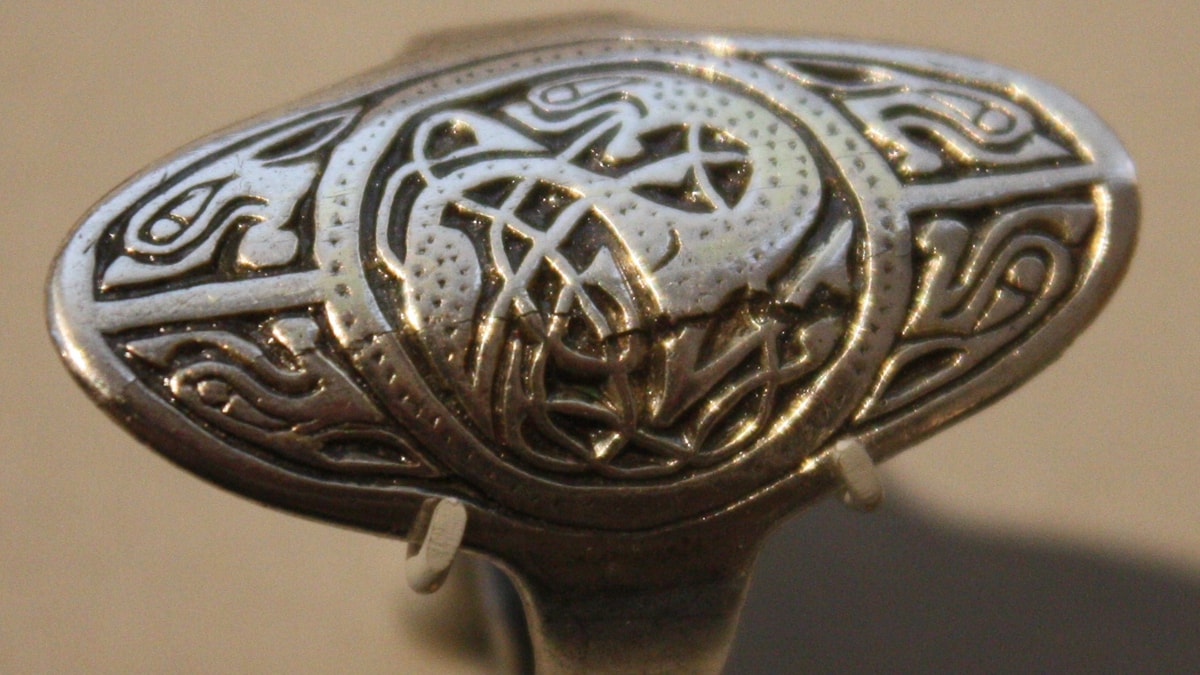Anglo-Saxon Jewelry: Types and Decorations Unveiled

Embarking on a journey through time, let's delve into the intricate world of Anglo-Saxon jewelry, a testament to the artistic prowess and cultural richness of the early medieval English. The Anglo-Saxons, who inhabited what is now England from the 5th to the 11th centuries, left behind a legacy of fine craftsmanship in metalwork, enriching our understanding of their lifestyle, beliefs, and aesthetic preferences.
Types of Anglo-Saxon Jewelry

Anglo-Saxon jewelry encompasses a variety of forms, each with its own purpose, symbolism, and style:
- Brooches: Used to fasten clothes, these were not merely functional but also a canvas for elaborate decorations. From simple, circular shapes to ornate, zoomorphic designs, brooches often featured intricate inlays of garnets, glass, and enamel.
- Pendants: Pendants could range from simple loops to intricate pieces depicting various motifs, often worn as amulets to ward off evil or to show religious affiliation.
- Earrings: Though less common than brooches, earrings were part of the Anglo-Saxon's personal adornments, often simple in design but carefully crafted.
- Rings: From signet rings for sealing documents to more decorative finger rings, these were symbols of status or commitment.
- Beads: Worn in necklaces or sewn onto clothing, beads were made from a variety of materials including glass, amber, and precious stones.
Materials and Techniques

The Anglo-Saxons utilized various materials in their jewelry-making:
| Material | Usage |
|---|---|
| Gold | Used for high-status pieces, often worked with intricate filigree and granulation techniques. |
| Silver | Less valuable than gold but still significant, often used for brooches and coins. |
| Copper Alloys | Brass and bronze were common for everyday items, allowing for detailed casting and embossing. |
| Garnets | A favorite for inlay work, garnets provided a vibrant red color to many pieces. |
| Glass | Glass beads and inlays were often used, especially when gemstones were not available. |

💡 Note: The use of garnets in Anglo-Saxon jewelry was not just about aesthetics; their deep red hue was believed to protect the wearer from danger.
Decorative Elements and Symbolism

The decoration on Anglo-Saxon jewelry is not just about beauty but also carries deeper cultural and religious meanings:
- Animal Motifs: Birds, boars, dragons, and other creatures often appear, symbolizing strength, protection, or the afterlife.
- Interlace Patterns: Geometric and interwoven designs, sometimes resembling knots, represent the endless cycle of life and death.
- Zoomorphic Designs: Abstract animal forms, especially common in brooches, were thought to be protective.
- Christian Influence: With the arrival of Christianity, symbols like crosses, fish, and saints began to appear in jewelry.
🛡️ Note: Interlaced patterns in Anglo-Saxon jewelry were not only decorative but might have also had a spiritual significance, perhaps connecting to the concept of wyrd or fate in Anglo-Saxon belief.
Techniques in Decoration

The techniques used to create this ornate jewelry include:
- Filigree: Thin wires of gold or silver twisted or plaited to form delicate patterns.
- Granulation: Small spheres of metal applied to the surface, creating a textured look.
- Cloisonné: Compartments filled with colored gemstones or glass, separated by thin metal strips.
- Chasing and Embossing: To create relief designs directly on the metal.
Understanding these techniques gives us insight into the sophisticated craftsmanship of the era.
Summing up, Anglo-Saxon jewelry was far more than decorative. It was a means of communication, reflecting one's identity, status, and beliefs. From the rich symbolism in design to the intricate techniques used, these pieces of jewelry are not just artifacts but gateways to understanding the life and culture of the Anglo-Saxons. The preservation and study of this jewelry reveal a people adept in artistry, connected to their environment, and deeply spiritual in their cultural expressions. Their legacy, preserved through these adornments, continues to captivate historians, archaeologists, and jewelry enthusiasts today, offering a glimpse into the past that is as vibrant as the gemstones they so dearly cherished.
What made Anglo-Saxon jewelry unique?

+
Anglo-Saxon jewelry was unique due to its combination of high-quality craftsmanship, intricate designs, and symbolic meaning. The use of materials like garnets, filigree work, and complex animal motifs set their jewelry apart.
Did Anglo-Saxon jewelry have any specific religious symbolism?

+
Yes, particularly after the conversion to Christianity in the 7th century, religious symbols like crosses and fish became common in Anglo-Saxon jewelry, reflecting the faith of the wearer or giver.
How can one identify Anglo-Saxon jewelry?

+
Key features include the use of garnets in cloisonné work, zoomorphic designs, intricate interlace patterns, and the application of filigree and granulation techniques. The quality of metalwork and the presence of certain symbols or motifs can also be identifying markers.
Can you still find Anglo-Saxon jewelry today?

+
While original Anglo-Saxon jewelry is rare, replicas and inspired modern pieces can be found. Original items are primarily in museums or private collections, discovered through archaeological finds.
What was the purpose of wearing jewelry in Anglo-Saxon society?

+
Jewelry served multiple purposes: as adornment, to display wealth and status, for protection through amulets, and to signify alliances or religious affiliation.